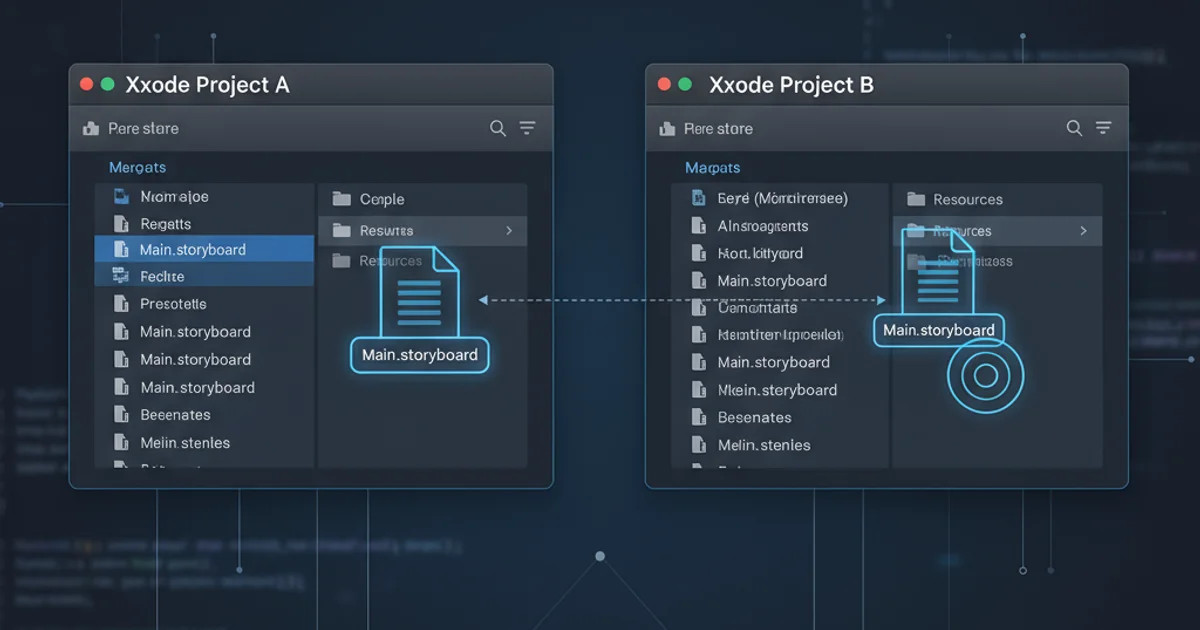changing the ownership of a folder in linux
Categories:
Mastering Linux File Ownership: A Comprehensive Guide to chown

Learn how to effectively manage file and directory ownership in Linux using the chown command, ensuring proper permissions and system security.
In Linux, file ownership is a fundamental concept that dictates who can read, write, or execute a file or directory. Understanding and managing ownership is crucial for system security, proper application functioning, and collaborative work environments. This article will guide you through the chown command, the primary tool for changing file and directory ownership, and explain its various uses and best practices.
Understanding Linux File Ownership
Every file and directory in a Linux system has an owner and a group owner. The owner is typically the user who created the file, while the group owner is a group that the user belongs to. These ownership attributes, combined with file permissions (read, write, execute), determine access rights. Incorrect ownership can lead to security vulnerabilities, prevent legitimate users from accessing necessary files, or cause applications to fail.
graph TD
A[File/Directory] --> B{Owner User}
A --> C{Owner Group}
B --> D[Read/Write/Execute Permissions]
C --> D
D --> E[Access Control]Basic Linux File Ownership and Permissions Flow
The chown Command: Changing Ownership
The chown command (short for 'change owner') is used to change the user owner and/or group owner of files and directories. It requires superuser privileges (root) to change ownership of files not owned by the current user. The basic syntax is straightforward, but it offers several powerful options for recursive changes and specifying both user and group.
# Basic syntax to change user owner
chown new_user file_or_directory
# Basic syntax to change group owner (using chown)
chown :new_group file_or_directory
# Change both user and group owner
chown new_user:new_group file_or_directory
Basic chown command syntax examples
chgrp to change only the group owner, but chown with the user:group syntax is often more convenient as it can change both simultaneously.Common chown Scenarios and Options
Beyond the basic usage, chown provides options for more complex scenarios, such as changing ownership recursively for an entire directory tree or handling symbolic links.
# Change user owner recursively for a directory and its contents
chown -R new_user /path/to/directory
# Change user and group owner recursively
chown -R new_user:new_group /path/to/directory
# Change ownership of symbolic links themselves, not their targets
chown -h new_user:new_group symbolic_link
Advanced chown usage with common options
chown -R on critical system directories (e.g., /etc, /var, /usr). Incorrect recursive changes can render your system unbootable or unstable.Practical Examples and Best Practices
Let's look at some practical examples and discuss best practices for managing file ownership in a Linux environment.
1. Verify Current Ownership
Before making changes, always check the current ownership and permissions using ls -l. This helps you understand the current state and confirm your changes later.
2. Change Ownership for a Web Server Directory
If you have a web server (like Apache or Nginx) that needs to write to a specific directory, you might change its ownership to the web server user and group (e.g., www-data on Debian/Ubuntu or apache on CentOS/RHEL).
3. Restore Ownership After File Transfers
When transferring files as root or another user, they might inherit incorrect ownership. Use chown to restore them to the correct user and group, especially for user home directories or application data.
# Example: Check current ownership
ls -l /var/www/html/my_app
# Example: Change ownership for a web directory
sudo chown -R www-data:www-data /var/www/html/my_app
# Example: Restore ownership for a user's home directory after root operations
sudo chown -R your_username:your_username /home/your_username
Practical chown examples
Proper file ownership is a cornerstone of Linux security and system administration. By mastering the chown command and understanding its implications, you can maintain a secure, functional, and well-organized Linux system.